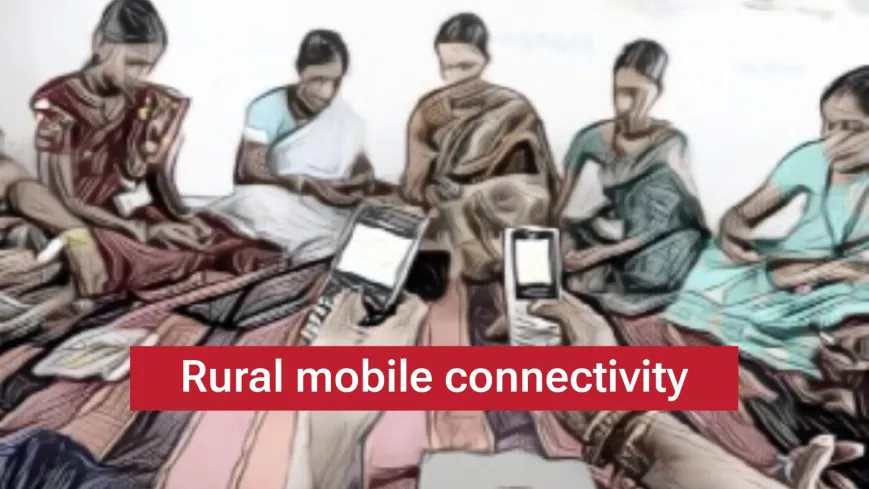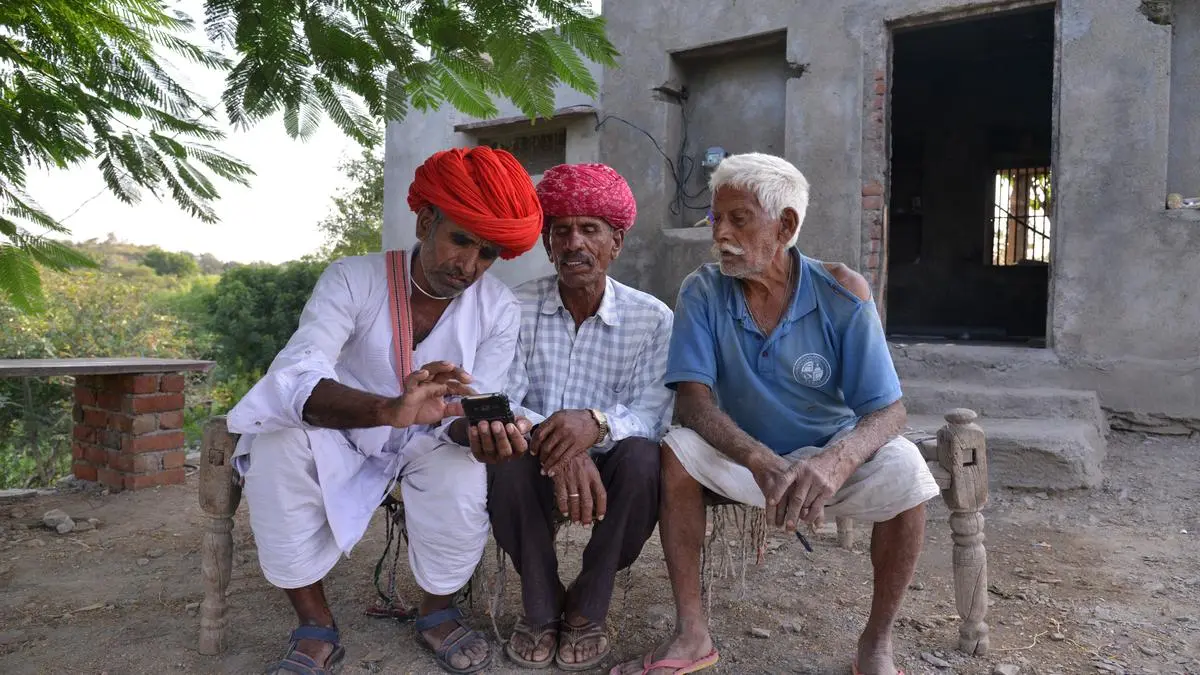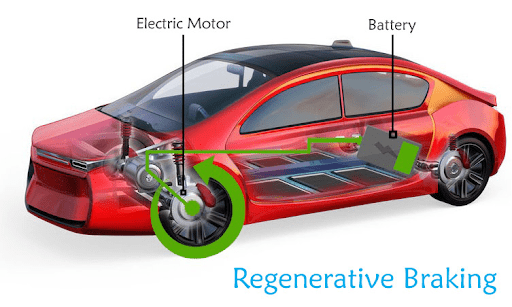The Hindu: Page 10
Syllabus: GS 3: Science and Technology; GS 2: Welfare Schemes

The article discusses the development and challenges of cellular networks, focusing on the IEEE 2061-2024 standard
- The IEEE 2061-2024 standard aims to provide affordable broadband access in rural areas through innovative network architecture, addressing the digital divide in developing countries like India.
Fundamentals of Cellular Network:
- A cellular network, such as a 5G network, includes a set of network equipment connected by communication links.
- They work together to move data between different devices and to other networks, e.g., the Internet.
- A cellular network can be divided into two sub-networks: the Access Network (AN) and the Core Network (CN).
Access Network:
- The AN includes base stations that provide wireless connectivity to mobile devices within a specific area, known as the coverage area.
- These base stations are typically seen as towers with antennae boxes on top and are installed throughout the region by a network operator.
Core Network:
- The CN is different from the AN as it contains equipment that connects to other networks, like the Internet.
- The CN is centrally located and connected to base stations via optical fiber links called backhaul.
- The CN is crucial for maintaining user mobility, a key feature of cellular networks.
Challenges of Mobile Connectivity in Rural Connectivity in India:
- Even though cellular networks seem to be everywhere, their availability and use differ greatly between urban and rural areas, especially in developing countries like India.
- According to recent data from the Telecom Regulatory Authority of India, urban areas have a tele-density of 127%, meaning each person on average has more than one mobile connection.
- In contrast, rural areas have a tele-density of 58%, meaning only about half the rural population has a mobile connection.
- This shows a clear urban-rural digital divide, a common issue in many developing countries.
Reasons for Lack of Sufficient Mobile Connectivity in Rural Areas:
- One major reason for the lack of cellular networks in rural areas is the lower income of rural residents, making mobile services too expensive for many.
- Additionally, rural areas have lower population densities, scattered populations in villages separated by large empty spaces, and remote locations.
- For instance, bringing fiber infrastructure to a distant village in the Himalayas is neither cost-effective nor easy.
- These rural characteristics call for a communication system that can cover large areas efficiently.
- However, most research and development in cellular networks focus on urban needs in developed countries, like achieving high data rates and low latency with 5G.
- As a result, rural connectivity remains significantly behind.
IIT-Bombay Develops Wireless Network Architecture IEEE 2061-2024 Standard:
- The IEEE 2061-2024 standard defines a wireless network architecture for affordable broadband access in rural areas.
- It was approved on June 6 by the Institute of Electrical and Electronics Engineers (IEEE).
- The IEEE-2061 network also includes a CN and AN similar to cellular networks.
- However, the IEEE-2061 AN is heterogenous wherein different types of base stations coexist.
- It is different from the 5G network, where the AN is homogeneous comprising base stations of the same type and typically smaller coverage area.
Middle Mile Network:
The IEEE-2061 standard proposes the use of a multi-hop wireless middle-mile network to extend connectivity to areas where optical-fiber links are not available.
- A multi-hop wireless middle-mile provides cost-effective connectivity over long distances, eliminating the need for a costly and difficult-to-deploy optical fiber.
- The IEEE2061-2024 provides a direct and alternative path to the Internet, unlike 4G/5G networks, which connect only through the CN.
- While the CN supports user mobility, many rural users remain stationary. Therefore, a direct Internet connection from AN, bypassing the CN, is more efficient for these users.
- Additionally, the IEEE-2061 network allows direct communication between nearby users within the AN, avoiding the CN, similar to traveling directly between two towns without detouring through a distant city.
About BharatNet Project:
- BharatNet is the world's largest optical fiber-based rural broadband connectivity project.
- It is executed by Bharat Broadband Network Limited (BBNL), a special purpose organisation under the Telecom Ministry.
- It is an ambitious rural internet access programme. An initiative by the Union government under its Digital India
Features & Benefits of BharatNet:
- Using optical fibre, the programme is intended to bring broadband internet connectivity to each of the more than 2.5 lakh gram panchayats across the country.
- The government intends to provide a minimum of 100 Mbps bandwidth at each Gram Panchayat through BharatNet so that everyone, especially those in rural India, can access online services.
- As part of BharatNet project, the Centre will also provide last mile connectivity through Wi-Fi and other means and is setting up Wi-Fi hotspots in all gram panchayats.
Progress So Far:
- The initial scope of the project was to cover 2.5 lakh gram panchayats in the country with optical fiber by August 2021.
- However, that deadline was missed.
- Around 1.94 lakh villages have been connected at present and rest of the villages are expected to be connected in the next 2.5 years.
- The project progress was affected due to lockdown and movement restrictions due to COVID pandemic.
- In the Union Budget 2022-23, the Government extended the project deadline to 2025.
Extra Information
Universal Service Obligation Fund (USOF)
The Universal Service Obligation Fund (USOF) was established through an amendment to the Indian Telegraph Act, 1885, by an Act of Parliament in December 2003. Its primary aim is to ensure equitable access to telecom services in rural and remote regions at reasonable and affordable prices, thereby reducing the digital divide between urban and rural areas.
Objective and Purpose
- The USOF aims to provide telecom services in rural and remote areas in a non-discriminatory manner.
- It seeks to make telecommunications and broadband services accessible in regions where commercial viability is low, thereby encouraging telecom service providers to expand their services in these areas.
Financial Support
- For regions that are not commercially viable, the USOF offers financial support in the form of Net Cost or Viability Gap Funding (VGF).
- This subsidy encourages service providers to extend their network and services to underserved rural and remote locations.
Funding Mechanism
- The USOF is financed through a Universal Service Levy (USL) imposed on the gross revenue of telecom operators.
- This levy, which is a percentage of the telecom companies' Adjusted Gross Revenue (AGR), is collected by the government and deposited into the USOF.
Administration
- The USOF is managed by the Administrator of the USO Fund, who is appointed by the Central Government.
- It functions as an attached office under the Department of Telecommunications (DoT), Ministry of Communications.
The USOF plays a crucial role in promoting digital inclusivity and ensuring that people in rural and remote regions have access to essential telecom services.











